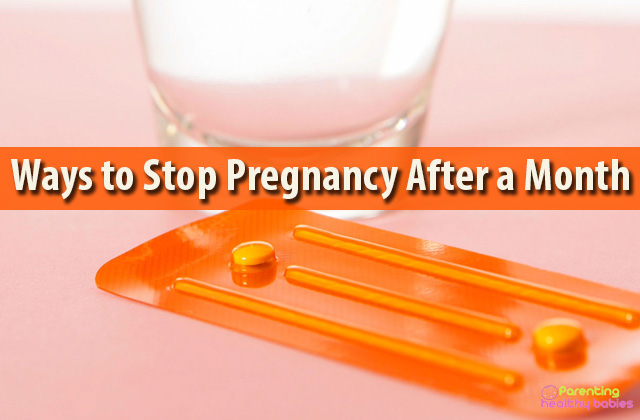Water break signals labor. Therefore, it is a crucial development in the third trimester of your pregnancy. You need to be watchful of excessive flow of fluid but at the same time should not panic if you are urinating more than normal.
Inside the womb, the fetus is surrounded by a membranous fluid-filled sac known as amniotic sac. The sac protects and cushions the baby throughout your pregnancy. When this amniotic sac ruptures, the fluid exudes through the cervix and vagina. The rupturing of the membrane is accompanied by the release of certain hormones and chemicals that start the contractions, which is felt a few hours after the water break.
At 34 weeks of gestation, amniotic fluid peaks at around 800 ml; however, it reduces to 600ml towards the 40th week (full-term). This fluid is constantly swallowed, inhaled, and expelled by the baby.
Moreover, the fluid helps:
- The fetus to move freely inside the womb.
- Maintain a constant temperature around the fetus.
- Proper development of lungs
And when the time comes, it makes your body ready to push out the baby into this world.
Signs and Risks of Water Breaking During Pregnancy
Causes
1. As you reach full term during pregnancy, the amniotic sac spontaneously ruptures, and you enter labor. This causes a trickle, a slow leak or a gush of fluid through the vagina.
2. In case, the water breaks before full-term but after 37 weeks, it is called premature rupture of membranes (PROM). This may happen due to:
- Infection of the vagina, uterus, or the cervix
- Extensive stretching of the amniotic sac ( due to too much fluid or carrying multiple babies)
- Surgery or biopsies of the cervix
- A history of PROM or PPROM (preterm premature rupture of membrane)
In this case, most of the women go into labor within 24 hours of the water break.
3. If a woman experiences water break before 37 weeks of pregnancy, then it is called Preterm Premature Rupture of Membrane (PPROM). This condition occurs in around 3% of pregnancies and is the reason for one-third of preterm births. The chances of PPROM are high in:
- Women belonging to the lower socioeconomic status
- Smokers
- Those who have a history of sexually transmitted infections
- Women who have had a previous preterm delivery
- Those who have vaginal bleeding or uterine distension
If your water breaks or PPROM happens between 34 and 37 weeks, the doctor will arrange for your delivery.
However, if the water breaks before 34 weeks, then the doctor will make efforts to postpone the labor by recommending bed rest. You would be prescribed antibiotics to avoid infections and corticosteroids for the baby’s lungs to grow quickly. Labor will be induced once the baby’s lungs grow enough.
Once the water breaks, your baby is no longer protected by the amniotic fluid. But your body continues to produce the fluid to facilitate delivery. Therefore, you need to identify the incident to make sure that you get medical help on time.
Signs
Here is how you can check what’s happening with you:
1. If you notice a sudden gush of fluid wetting your pants, then it could be the amniotic fluid. You may confirm it through the following steps:
- Make your bladder empty.
- Collect some leaking fluid on a maternity pad. If it has a stench and is yellow in color, it could be urine. If it is colorless and odorless, then it could be the amniotic fluid.
- Hold your pelvic floor muscle tight to control the flow. If the flow stops it is urine; if it continues to leak, it means water has broken.
2. Ascertain the time, color, and the odor of the discharge.
3. Water break is usually accompanied by spotting or some flow of blood.
4. You might have a fever or rise in your body temperature after the water breaks.
5. When you experience excessive fluid flow check your baby’s movements.
Once you confirm the leak is a water break, do not panic. Instead, call your doctor and take some precautions to make sure that you are holding up until some help arrives.
Risks
Your baby will develop an infection, the longer the time between the rupturing of the amniotic sac and the birth of the baby. However it’s important to note the risk is not very high. The chance of infection for the baby is about 2% if you wait for labour to begin on its own. The risk of infection for the baby is about 1% if you are induced immediately.
The danger of the mother developing an infection can be reduced if she has been screened for Group B Streptococcus (GBS). A 2014 study found the overall rate of infection in women who had been screened and treated for GBS was 1.2% after PROM. Researches showed infection risk to be higher in mothers who waited for labour instead of being induced after PROM. These studies didn’t take into account the number of vaginal exams given to women, or whether or not they had been screened and treated for GBS. Patients who are induced immediately after PROM tend to have fewer vaginal exams than those waiting for labour to begin. An exam is performed to check the cervix, in preparation for induction, and then routinely throughout labour.
To start spontaneously following PROM women who decide to wait for labour are likely to have more vaginal exams before labour begins. The risk of infection increases in proportion to the number of vaginal exams a woman has. Yet if care providers use sterile gloves when performing vaginal exams, their fingers can push bacteria from the outside of the vagina up towards the cervix. Research has shown vaginal exams can almost double the number of bacteria at the cervix.













